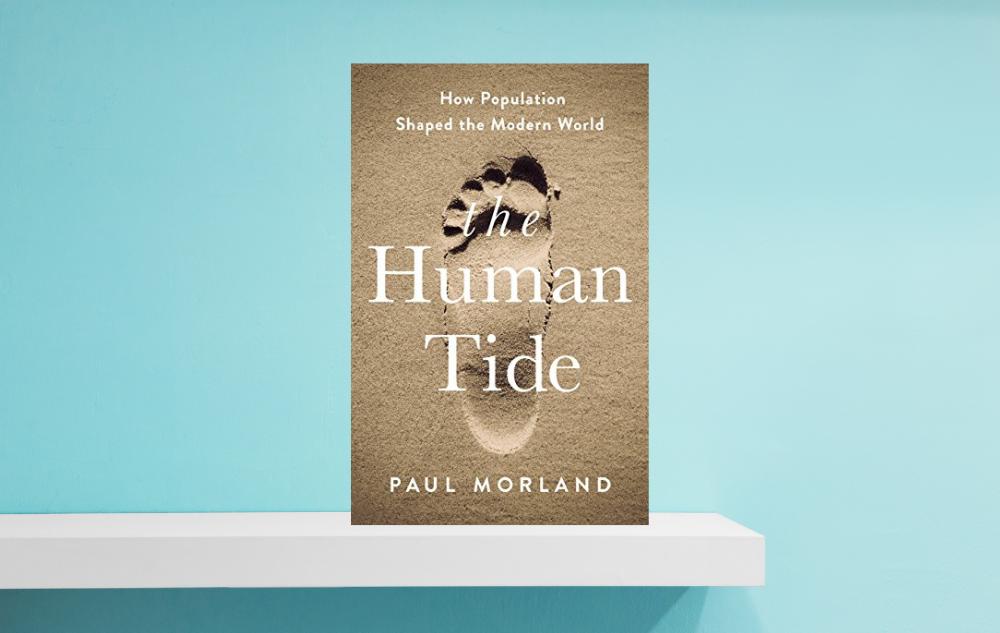The Human Tide: How Population Shaped the Modern World
Written by Paul Morland
OPL BOOK SUMMARY: In The Human Tide, Paul Morland shows how periods of rapid population fluctuations shaped the course of world history. Morland studies demography (the study of population) and he is focused on how population fluctuations impacted our changing world. In his words: “To get a sense of how completely revolutionary have been the changes in the last two hundred years or so, it helps to have a long view of demography.”
The Human Tide charts population changes from 47 BC, when Julius Caesar was appointed perpetual dictator of the Roman Republic. Caesar’s domain stretched from what is now called Spain to modern Greece, a span of over 30 countries today. The population of these vast lands comprised around 50 million people, which was about 20% of a world population of 250 million.
Eight centuries later, Queen Victoria ascended the British throne in 1837. At that time, the number of people living on earth had grown fourfold to 1 billion. Less than 200 years after Victoria’s coronation, the world population increased an additional sevenfold – nearly twice the growth in a tenth of the time.
Morland believes that our current population – 7.7 billion – may stop growing altogether by the end of the century. View history from the unique lens of demography and learn about the factors that are changing our growth patterns. Factors such as reductions in child mortality, new births, and migrations shape our world in surprising ways.
Available at Amazon.com.












